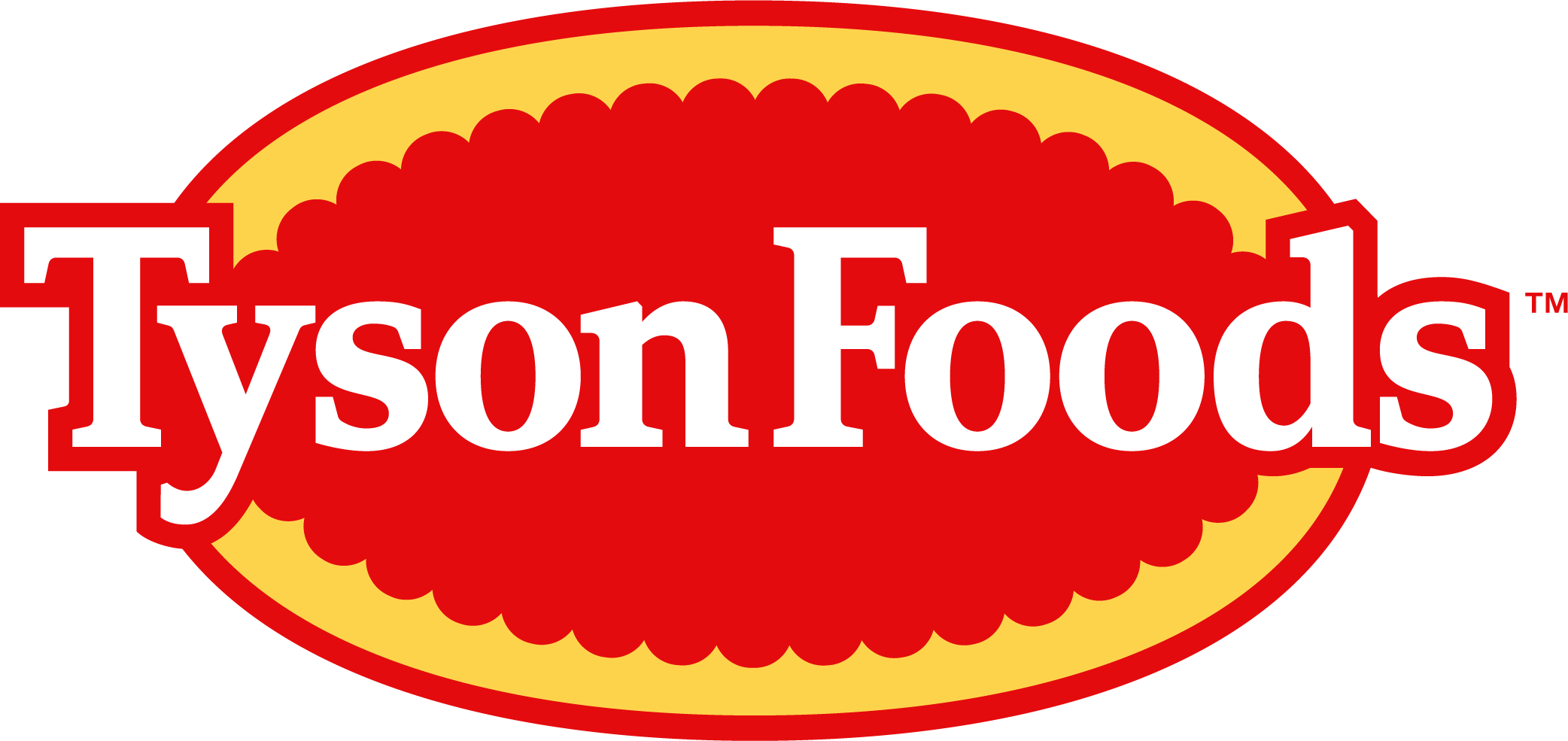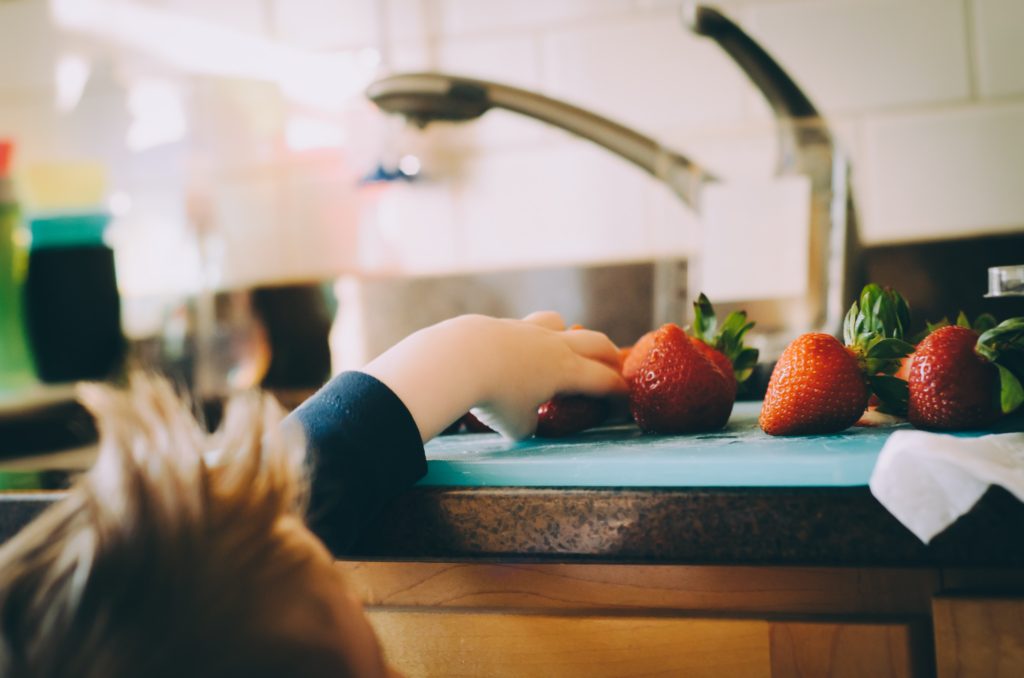As a food safety professional, I’ll admit that it isn’t the most appetizing topic to talk about—especially when it comes to harmful bacteria that can cause us to spend a few nights hogging the bathroom or even send us to the hospital.
But brushing up on your food safety IQ doesn’t have to be as scary as salmonella.
At Tyson Foods, food safety is one of the most important tenets of our business. All of our team members play a role in ensuring that we’re producing safe products to put on your plate, no matter where they sit in the organization—because food safety is our business. Not only do we have rigorous food safety practices in place, but through our involvement with Fight BAC!: Partnership for Food Safety Education (PFSE), we provide resources to help consumers follow the same food safety practices at home that we follow in our plants.
And with September being National Food Safety Education Month, what better time to put your food safety knowledge to the test, right here, right now?
Below are a handful of questions about basic food safety.
1. When should I wash my hands?
A. Before I eat
B. Before I cook
C. After handling raw food
D. All of the above
2. What is the best way to tell when your hamburger is done?
A. When there are no more pink juices
B. Using a food thermometer, 160◦F internal
C. Using a food thermometer, 145◦F internal
D. Using a food thermometer, 165◦F internal
3. Smelling and tasting leftovers is a good way to make sure they haven’t expired.
True
False
4. Between what temperatures do bacteria grow?
A. 68◦F and 100◦F
B. 32◦ and 140◦F
C. 40◦F and 140◦F
D. 32◦F and 212◦F
5. If you pack your lunch and include perishable food, you should always include an ice source. About how long will your lunch stay safe at room temperature if you do not include an ice source such as a cold pack or frozen water bottle?
A. 2 hours
B. 3 hours
C. It’s safe all day if the room is air conditioned
D. 30 minutes
6. What is one method you should not use to thaw food?
A. In the refrigerator
B. In cold water
C. On the counter
D. In the microwave
7. How often should you replace the sponge you use to wash dishes?
A. Every month
B. Every 3-6 months
C. Every week
D. Every other day
8. Which item in the kitchen likely has the greatest number of bacteria?
A. Your cell phone
B. Salt and pepper shakers
C. The inner sink
D. All of the above
And the answers…
1. The correct answer is D. In fact, washing your hands is one the most important things you can do for food safety. The most effective way to stop the spread of harmful bacteria is to wash your hands with warm water and soap for at least 20 seconds.
2. The correct answer is B. Ground meats, such as hamburgers, should be cooked to an internal temperature of 160◦F. It’s important to always use a food thermometer to measure internal temperature, because you can’t tell if meat is cooked to a safe temperature by simply looking at it.
3. The correct answer is false. You cannot smell or taste harmful bacteria that can cause food poisoning. When it comes to home-refrigerated foods, if you don’t know how long it has been in the fridge or freezer—trash it; better safe than sorry. Show your leftovers some love by labeling each item with dates and times to know when something has expired. This handy cold food storage chart will help you know when it’s time to toss.
4. The correct answer is C. Bacteria grow between 40◦F and 140◦F. When food is left at temperatures in this ‘danger zone,’ illness-causing bacteria can grow rapidly. That’s why it’s important to refrigerate foods promptly after cooking and not to leave perishable food out for more than 1-2 hours.
5. The correct answer is A. Based on the information in the previous question, it’s recommended that perishable food without an ice pack not be left out of the refrigerator more than 2 hours. That time may be reduced depending on the temperature of the environment you’re in.
6. The correct answer is C. As we previously learned, the danger zone for harmful pathogens to grow is between 40◦F and 140◦F. Leaving food out to thaw at room temperature can open the door to these illness-causing bacteria.
7. The correct answer is C. Sponges are great for absorbing everything—water, soap, and yes, tons of bacteria. Even before your sponge begins to stink, it can house billions of bacteria. If you do dishes regularly using a sponge, it’s best practice to replace your sponge about once a week or even more frequently if you notice it has a strong odor. If you’re conscious about creating waste and aren’t crazy about using a new sponge every week, you should soak your sponge in bleach for about five minutes every other day, which will kill about 99.9% of bacteria.
8. The correct answer is D. Yes, all of these can be significant contributors of bacteria. You should use an antibacterial wipe to clean your cell phone as well as the salt and pepper shakers on a routine basis. The inner sink should be cleaned as well as sanitized. Always wash your hands after handling your cell phone, especially when cooking or eating.
Are you as safety-savvy as you think? Let us know in the comments below!
Thanks for helping us spread the knowledge to stop the spread of bacteria! Even if you didn’t receive a stellar score, we hope you learned a little something about food safety today.







2 Comments
I firmly believe that Tyson Foods will be in a position to feed the whole world one day.
Sincerely,
Moses Sao Zumo of Deignmai 10/07/2019
Thanks for such important information..
Leave A Comment